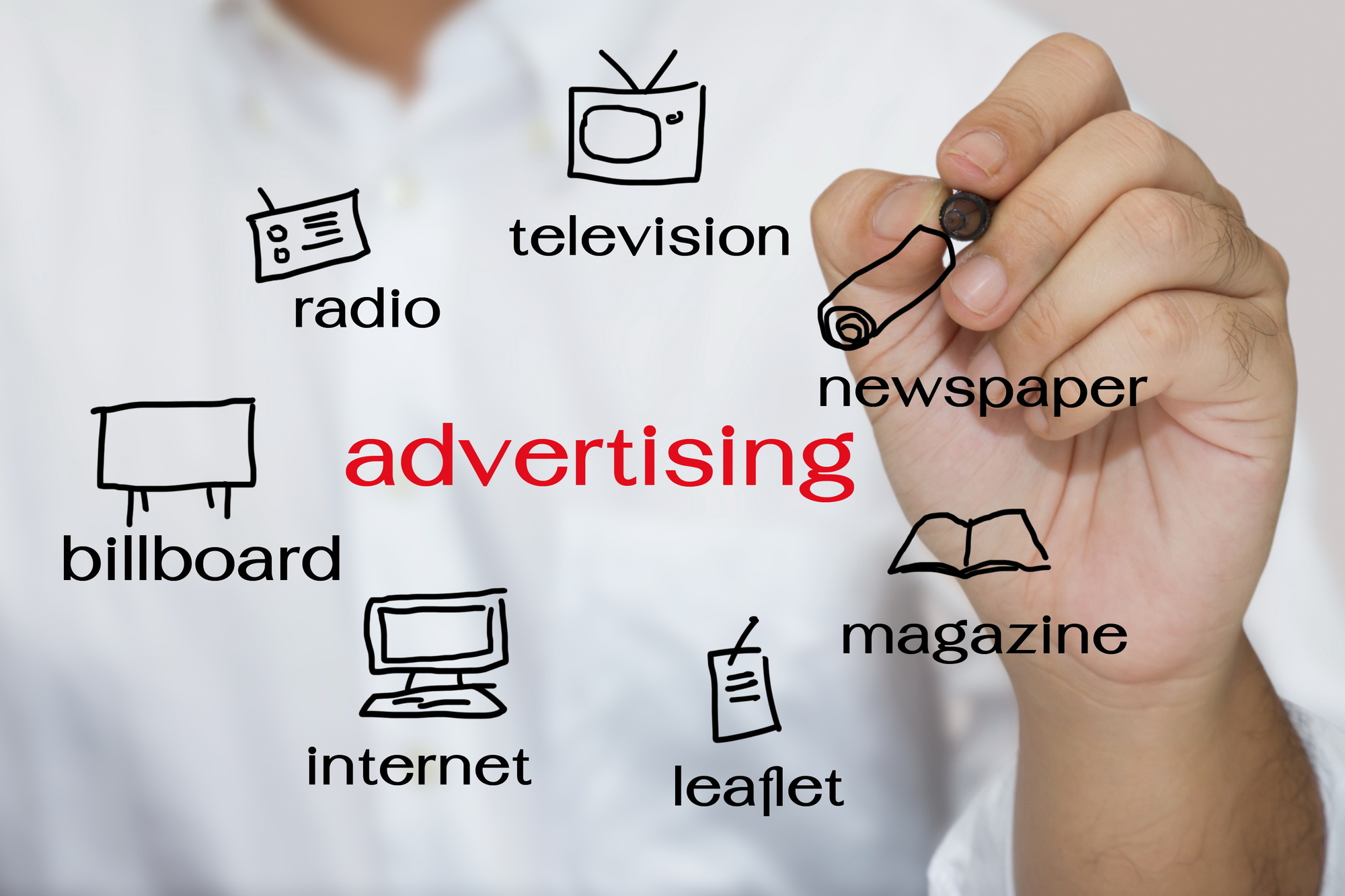Did you know that there are 4.7 billion social media users across the globe?
If you weren’t already engaged in social media, now might be a good time to get started. Social media allows to you keep your brand top of mind with your customers.
However, you need to understand the different types of media. There are differences between PR vs advertising, but they can both help you get your business in front of a larger audience.
You will spend some resources on one. Below, we’ll review the similarities and differences between PR vs advertising. This guide will help you launch your business through both.
So, read on, and let’s explore this topic together.
What Is Advertising?
Advertising is a paid form of promotion that uses media such as television, radio, newspapers, magazines, and the internet to reach consumers. It’s about getting people to buy a company’s products or services. It’s about persuading people to take action.
If you’re looking for a guide to advertise your cannabis product, this article will give you a better understanding.
Advertising is a short-term strategy that can deliver quick results.
The History of Advertising
Advertising dates back to ancient times, when people used signs and symbols to communicate messages.
In the 1800s, the industrial revolution ushered in a new era of advertising, as businesses used print to reach larger audiences. Today, advertising continues to develop, with digital marketing becoming popular.
The Purpose of Advertising
Advertising involves creating a favorable impression of a company or product. With good advertising, businesses can create an image that people will remember and associate with their brand—and promote a product or service to potential customers, with the goal of increasing sales.
Types of Advertising
There are several types of advertising, each with its own advantages. The most common types are television, radio, print, and online advertising.
TV Commercials
Commercials reach consumers through paid placement on television. This can be an effective way to reach a large audience. But commercials are expensive, and there is no guarantee people will see them.
Radio Advertising
Radio advertising is a type of marketing that involves the use of radio waves to reach a target audience. Businesses can do this through either traditional broadcasting or more modern means such as online streaming.
Print Ads and Online Ads
Print ads are often more costly to produce and place, and they have a more limited audience than online ads. Businesses place print ads in newspapers, magazines, or other publications.
Online advertising is targeted to a specific audience and placed on a variety of websites and platforms, or conducted through search engines. It’s also less expensive.
What Is Public Relations?
Public relations, or PR, is a free form of promotion that uses publicity to generate positive media coverage and build relationships with customers, clients, and the public.
We often consider PR to be more “earned” than advertising, as it relies on earned media placements and positive word-of-mouth to create buzz. Public relations involves getting people to like a company, creating a positive image, and gaining trust.
It helps in getting your name out there and making people aware of your brand. It is a long-term strategy that can take years to pay off, and it helps to build an emotional connection with your audience.
The History of Public Relations
Public relations has its roots in labor relations and propaganda. In the early 1900s, companies hired people to deal with the press and manage their image.
The field of public relations took off during World War II, when the government needed to get information to the public. Today, public relations is an essential part of any business or organization.
Purpose of Public Relations
Public relations is a way of managing communication between an organization and the public. It is often used to manage crises and protect the reputation of a company. It can also build relationships with key stakeholders, such as customers, employees, and investors.
Public Relations Techniques
There are many types of public relations techniques that can communicate with the public. Here are a few notable ones:
Media Coverage
PR is a way to get media coverage by getting the press to write about your company or product. PR can be more effective than advertising because it is more believable when someone else writes about your company or product than when you write about it yourself.
Product Events
With product events, PR can be more effective in creating excitement and getting people talking. Events are a great way to generate buzz and media attention for a product, but they need to be planned and executed to be successful.
Word-Of-Mouth
Word of mouth is driven by consumer experiences and conversations. If a company has a strong public relations strategy, it can build positive word of mouth by creating positive experiences and stories that consumers will want to share.
Community Outreach
Community outreach is a key part of PR, as it helps to build goodwill and positive relationships with the public. The best approach for a company will often depend on its goals and objectives. For example, if a company is trying to build a reputation as a responsible business, then community outreach would be a key part of its PR strategy.
Online Reviews
Online reviews can be a great way to generate positive PR for a business. If a business has a lot of positive online reviews, it will show potential customers that the business is reputable.
Managing Crisis
Public relations are used to manage the reputation of an organization during a crisis and to provide more accurate and timely information to the public. PR is effective when the goal is to repair or improve relationships with the public.
Building Awareness
PR involves building interest and curiosity in people who may not have heard of you before. You can’t just buy your way into people’s attention. But if you can get media coverage, it can be incredibly powerful in building awareness of your brand or product.
Building awareness, public relations is typically more focused on creating positive perceptions.
Creating Positive Buzz
Creating positive buzz can be tricky. You need to present a story that people will want to share. You also need to have a good relationship with the media.
PR is about creating a positive buzz about your company or product. It’s about getting your company or product in the news.
Changing Public Opinion
Public relations relies on earned media to change public opinion. This means that PR professionals work to get their clients featured in the news, in magazines, and on popular websites.
Free Publicity
The best PR guide will show you how to get free publicity for your company or product. This can be done by getting news stories written about you, or by getting interviewed on TV or radio. Either way, the goal is to get your company or product in front of as many people as possible, without having to pay for it.
Hybrid Approach
A hybrid approach involves using both PR and advertising. This can be an effective approach, because it allows you to control the message. You can use advertising to sell your product or service, and then use PR to improve your image and reputation.
The Risks of PR and Advertising
PR can be riskier because you don’t have control over the message. If you’re not careful, your PR efforts could backfire.
With advertising, you are paying for a space or time to create and deliver your message. This means that there is some financial risk involved. If your ad doesn’t perform well, you’ve wasted money.
Advertising and PR on Social Media
The impact of social media has been both positive and negative for both public relations and advertising. On the positive side, social media has made it easier for companies and individuals to reach their target audiences. On the negative side, social media can be a bit of a double-edged sword, as a negative story can spread very quickly and reach a large audience.
On social media, advertising is the paid placement of ads on platforms like Facebook, Twitter, and Instagram. They can target these ads to specific demographics and interests.
PR involves building relationships with influencers and convincing them to share your content with their audience. You can do this through social media, but also through more traditional means, like press releases and media relations.
Knowing the Differences Between PR vs Advertising
It is important to know the differences between PR vs advertising. In this article, we answered the question “What is PR?” and compared PR to advertising. We went over the purposes, history, techniques, and risks of both.
This information should help you decide what strategies will benefit your products or services in the future.
So if you’re looking to manage your reputation to get publicity, then PR is the way to go. But if you’re looking to promote a product or service, then focus on advertising.
If you found this article helpful, continue reading for more content on our site.



